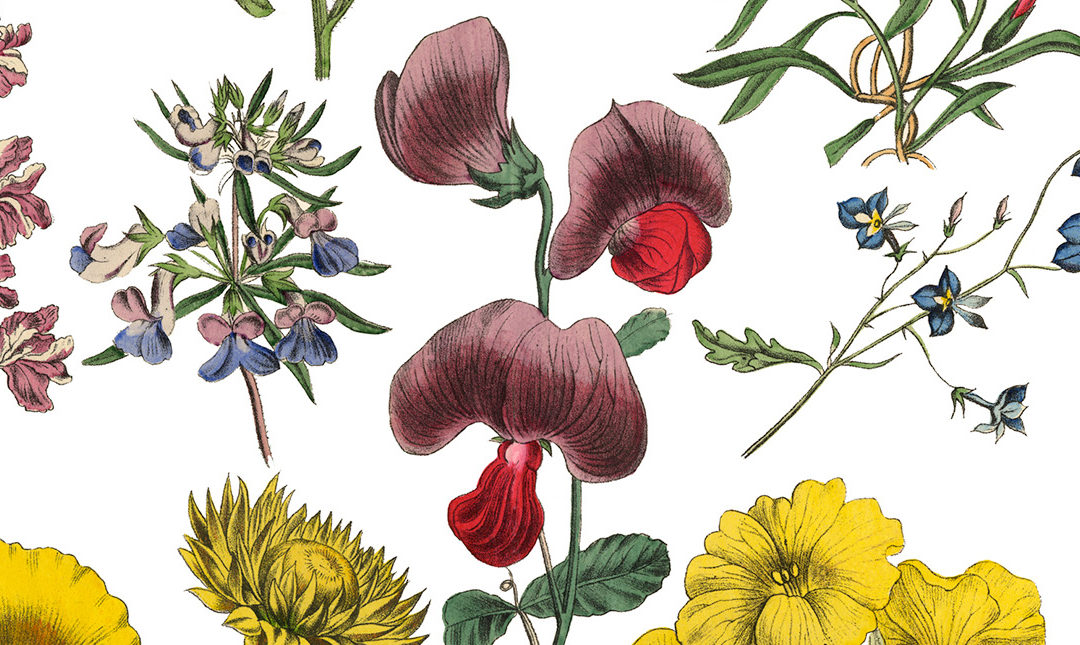The Art of Science
While people tend to think of art and science as opposite ends of the spectrum, art has actually played a key role in the development of science and how scientific information and advancement are communicated. Scientific illustration, which lies at the intersection of art and science, is more than just one option for how to depict scientific information – illustrations are often the best and only way to depict certain information. Just think of the different types of information where there is no visual evidence (extinct animals, distant planets, Earth’s molten interior) or where the visual evidence is either obscure or unclear (protons, neutrons, atoms). Scientific illustration is a powerful tool for helping researchers explain their findings to their peers and in helping elevate a scientific discovery in ways that make it interesting to broader audiences. Scientific illustration encompasses all forms of visual science communication, including animation, comics, murals, and sculpture. It can play a vital role in conveying information from any realm of science, from archaeology to astrobiology, biotechnology to cartography, oceanography to microbiology, and many others.
Scientific illustration allows complex ideas and details to be presented in an interesting and informative manner. A scientific illustrator must be able to clearly communicate the main point of complex information. In addition, communicating scientific information through illustration is more precise because the illustrator can eliminate extraneous information. Illustrations, unlike photographs, can show exactly what the viewer needs to see. That is why most scientific textbooks, especially medical school textbooks, use illustrations instead of photographs. And because they communicate subtleties and eliminate the ambiguities that can accompany language, scientific illustrations are an important element in the precise communication needed for scientific education. A big challenge for scientific illustrators, however, is balancing scientific accuracy and aesthetic considerations.
To learn more about scientific illustration and to access Ocean Connect’s wide range of educational and career resources, please visit our Scientific Illustration Snapshot.

